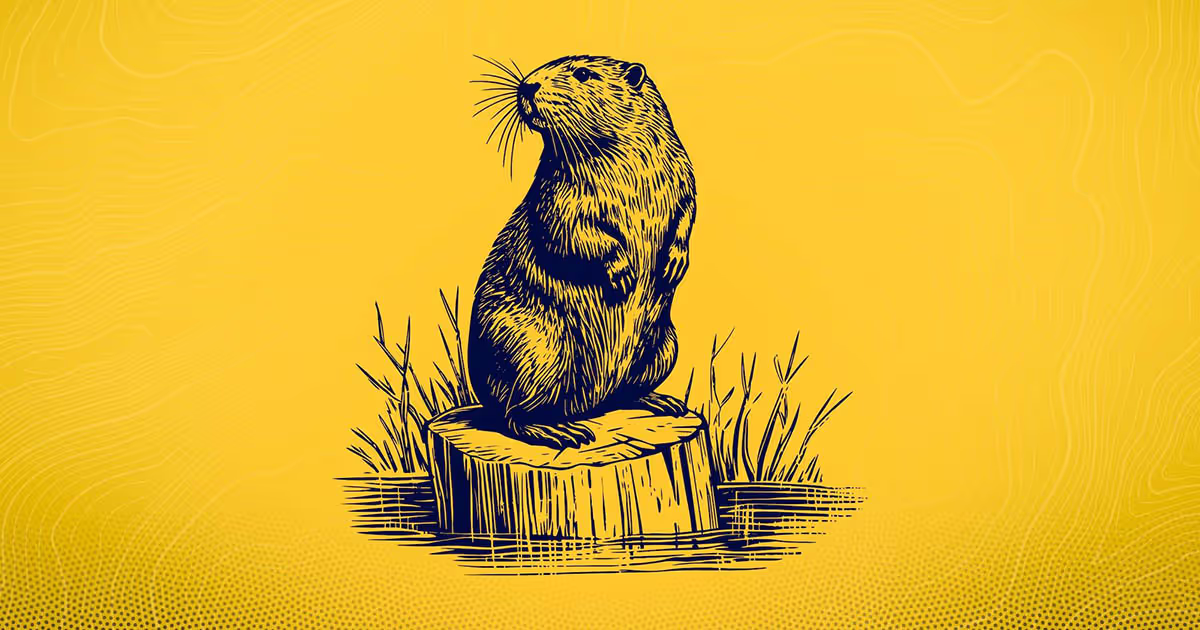They cut down trees. Build dams.
Other than humans, they alter the environments more than any other animal.
That’s why the beaver has earned the nickname “ecosystem engineers.”
A new study, led by a graduate of East Tennessee State University and two ETSU professors, is shedding light on the animals’ future distribution and their ability to respond to a changing environment.
By studying records from about 3 million years ago all the way to the present, researchers examined how beavers responded to changing climate conditions.
That historical record is helping determine where beavers may occur in the years ahead.
“Using data from the Pliocene, a time before the Ice Ages, allows us to examine where beavers lived in a warmer world,” said Dr. Joshua X. Samuels, associate professor in the Department of Geosciences, curator at the Gray Fossil Site and Museum and one of the study’s contributors. “That is key to understanding where these important animals will live in the future.”
The researchers uncovered a common theme: the distribution of beavers is closely tied to fluctuations in temperature and precipitation, key factors that directly impact the water and vegetation beavers rely on for survival.
“Understanding possible changes in the distribution of beavers, often referred to as ‘ecosystem engineers,’ can have major, cascading impacts on local environments”, said Dr. Andrew Joyner, Tennessee’s official climatologist, an associate professor in the Department of Geosciences and one of the study’s contributors.
Beavers may vanish from Mexico, southern Texas and northern Florida.
“It is important to identify areas where beavers may live in the future,” said Kelly Lubbers, bonebed paleontologist and collections manager at The Mammoth Site in South Dakota and alumnus of ETSU’s paleontology master’s program. “The loss of beavers in certain areas may exacerbate the effects of extreme natural hazards, which may in turn have lasting impacts on humans.”
The study’s findings can help the conservation of beavers, allowing officials to identify at-risk areas for this species in the face of changing weather and environmental patterns.
Though humans nearly drove beavers to extinction through fur trading and habitat loss in the early 20th century, conservation efforts have led to a remarkable recovery, with beavers now thriving across much of North America.
The study, published in the Journal of Mammalogy, is one of many led by ETSU researchers that contributes to trailblazing scholarship.
Learn how ETSU is conducting major research at etsu.edu/trailblazers.





